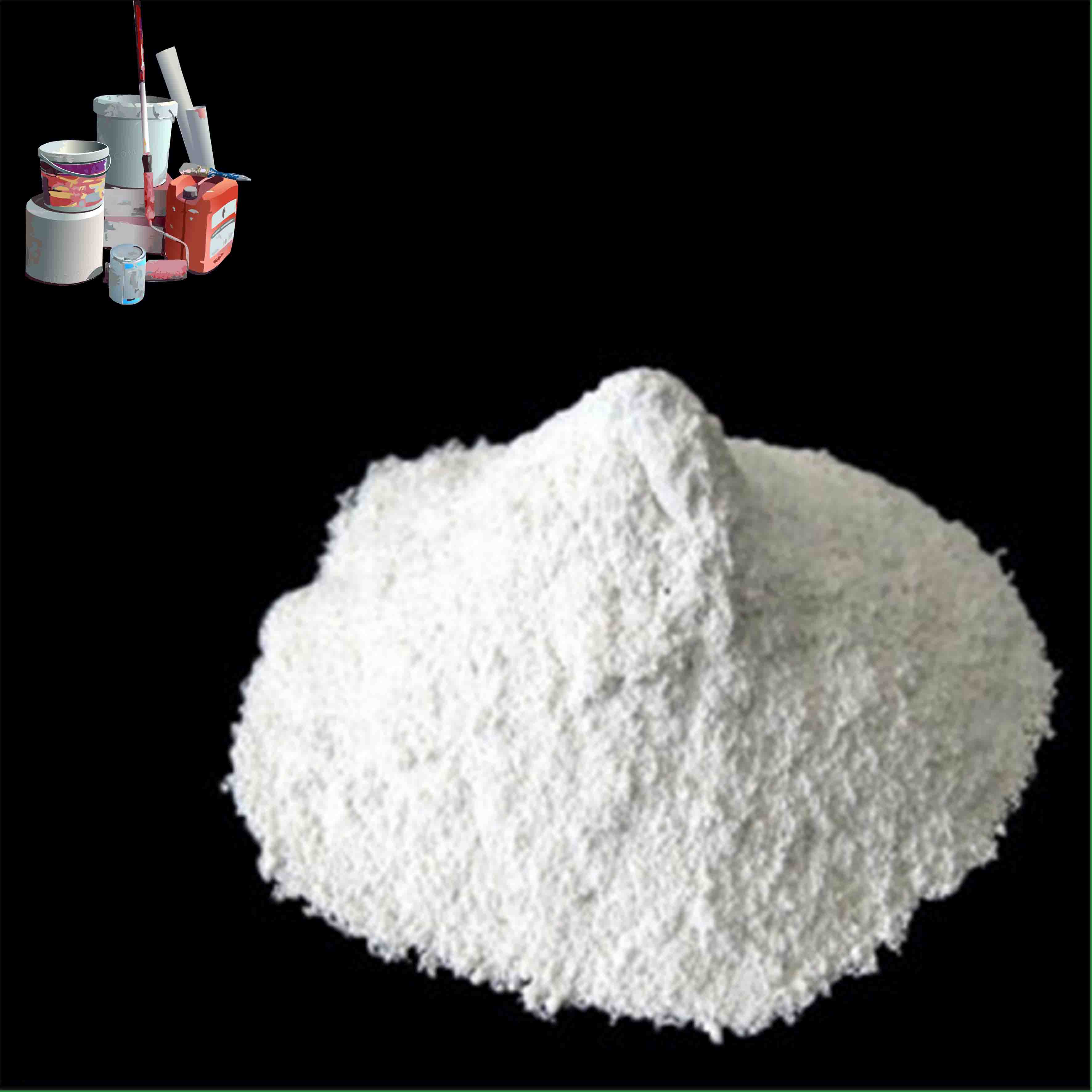
Aug . 01, 2024 06:36 Back to list
Lithopone B301 and B311 Pricing Insights from Leading Manufacturers for Industrial Applications
Lithopone A Comprehensive Overview of B301 and B311 Variants
Lithopone, a versatile white pigment, has found extensive applications in various industries, including paint, plastics, rubber, and cosmetics. Composed primarily of zinc sulfide and barium sulfate, lithopone has earned its place as a critical component in the pursuit of high-quality, durable products. This article delves into the specifics of two common lithopone variants B301 and B311, examining their properties, applications, and the factors influencing their market quotes from manufacturers.
Understanding Lithopone B301 and B311
Lithopone is available in various grades, with B301 and B311 being notably prominent for their distinct characteristics. B301 typically comprises a higher zinc content, which enhances its opacity and brightness. This characteristic makes B301 particularly suited for applications demanding excellent hiding power and whiteness. In contrast, B311 is formulated with slightly different proportions of its constituent components, often providing improved dispersion and stability in various mediums.
Both variants’ particle size and morphological properties significantly influence their performance in end-use applications. B301's fine particle size ensures smooth application and minimal settling in paints, whereas B311 demonstrates good compatibility with a wide range of additives, making it a preferred choice for formulations where comprehensive mixing is required.
Applications of Lithopone B301 and B311
Lithopone B301 and B311 are utilized extensively in several sectors. In the paint industry, B301’s brilliant white color and strong covering ability are highly valued. It is often preferred for producing high-grade paints that require durability and resistance to yellowing over time. On the other hand, B311’s properties make it suitable for plastic and rubber applications, where flexibility and resistance to weathering are paramount.
lithopone(b301 b311) quotes factory

Moreover, the cosmetics industry has increasingly adopted lithopone as a critical ingredient in formulations, particularly in sunblock products where UV protection is essential. Both B301 and B311 contribute to the formulation’s overall whiteness and stability, and their use can enhance the product's aesthetic appeal without compromising safety.
Market Dynamics and Pricing Trends
The quotes for lithopone B301 and B311 from manufacturers depend on various factors, including raw material costs, production processes, and market demand. As with many chemical products, fluctuations in the prices of raw materials like barium and zinc can influence the overall pricing of these lithopone variants. Additionally, any regulatory changes affecting the pigments market may lead to an increase in production costs, subsequently reflected in the final quotes to consumers.
Market demand also plays a significant role in pricing. With the growth of industries such as construction and automotive, which require high-quality pigments, the demand for lithopone has seen a steady rise. Manufacturers typically adjust their quotes in response to this demand, striving to maintain competitiveness while ensuring product quality. It’s also noteworthy that as awareness of sustainable and non-toxic materials increases, lithopone’s reputation as an environmentally friendly pigment bolsters its market position.
Conclusion
Lithopone, particularly in its B301 and B311 forms, illustrates the blend of versatility and effectiveness demanded by modern industries. Each variant offers unique benefits catering to specific applications, reinforcing the pigment's relevance in contemporary manufacturing. As market dynamics influence availability and pricing, manufacturers are encouraged to innovate continuously while adhering to quality standards. With its enduring legacy and potential for growth, lithopone remains a cornerstone in pigment technology, promising steadfast performance across various sectors.
-
Premium 6618 Titanium Dioxide for GPT-4 Turbo Applications
NewsJul.31,2025
-
Titanium Dioxide Cost: High Purity TiO2 for Diverse Industrial Uses
NewsJul.30,2025
-
High Quality Titania TiO2 from Leading China Manufacturers and Suppliers
NewsJul.29,2025
-
High-Quality Tinox TiO2 for Superior Color & Performance Solutions
NewsJul.29,2025
-
High Quality Titania TiO2 from Leading China Supplier & Manufacturer
NewsJul.29,2025
-
High-Performance r6618 TiO2 for Superior Whitening and Versatility
NewsJul.28,2025
